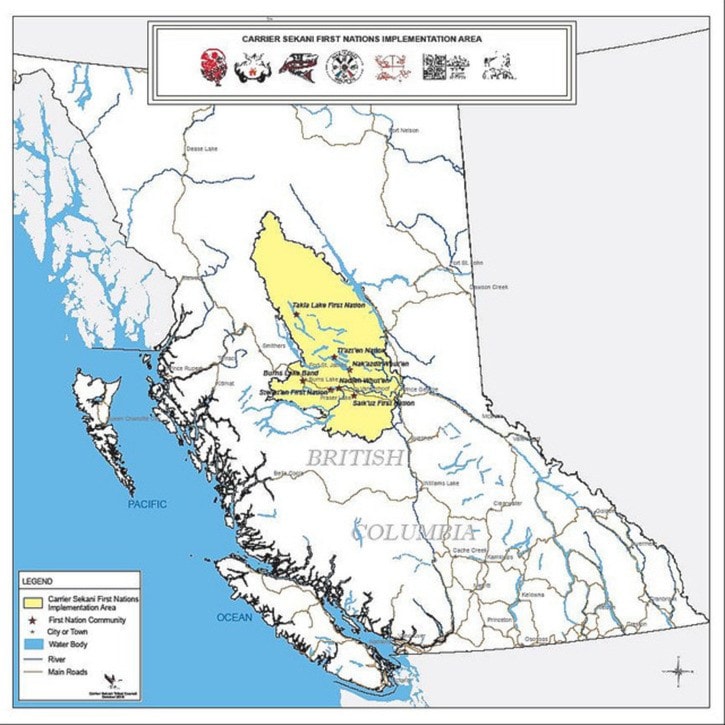Carrier Sekani Tribal Council (CSTC) had signed an agreement with the province to have a bigger say in the province’s decision-making process.
As part of the agreement, CSTC is currently in negotiations with the province to have a greater role in the timber supply process. The Burns Lake Band is currently a part of CSTC and is therefore a part of the agreement.
Terry Teegee, Tribal Chief of CSTC, said CSTC wants to have a greater influence on the decisions made by the province on things such as how much timber is harvested and the definition of harvest boundaries.
“Our people need to be informed before big decisions are made,” he said.
The combined territories of the Carrier Sekani Tribal Council under this agreement accounts for approximately 80,000 square kilometres in north-central B.C. The member First Nations of the CSTC include the Burns Lake Band, Nak’azdli Band, Nadleh Whut’en, Saik’uz First Nation, Stellat’en First Nation, Takla Lake First Nation, Tl’azt’en Nation and Wet’suwet’en First Nation.
Teeggee said CSTC wants to play the role of a “facilitator” between the province and the member nations of the CSTC, proving guidance and direction when it comes to forestry decisions.
The CSTC has been seeking collaboration with all levels of government to ensure that decision-making, revenue-sharing and environmental practices include those that protect CSTC’ rights and interests.
The collaboration agreement - signed in April 2015 - allows CSTC to work directly with the province on the development of natural resources within CSTC territory such as natural gas pipelines, mining, fish and wildlife and forestry.
“This agreement provides the opportunity to develop mutually agreeable resource development plans for the Carrier Sekani territory for the continued benefit of all,” said Teegee.
According to the province, the collaboration agreement will ensure CSTC’s input is recognized and incorporated into natural resource development, including regulatory processes.
John Rustad, Minister of Aboriginal Relations and Reconciliation, said the agreement marked the beginning of a new, positive government-to-government relationship between the province and CSTC.
